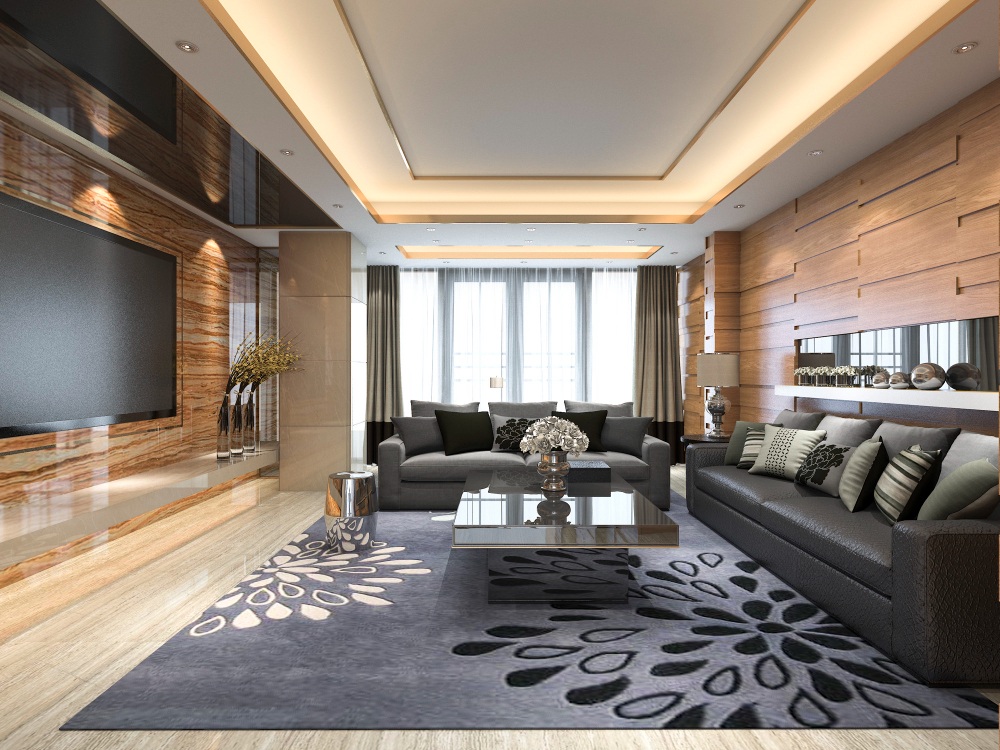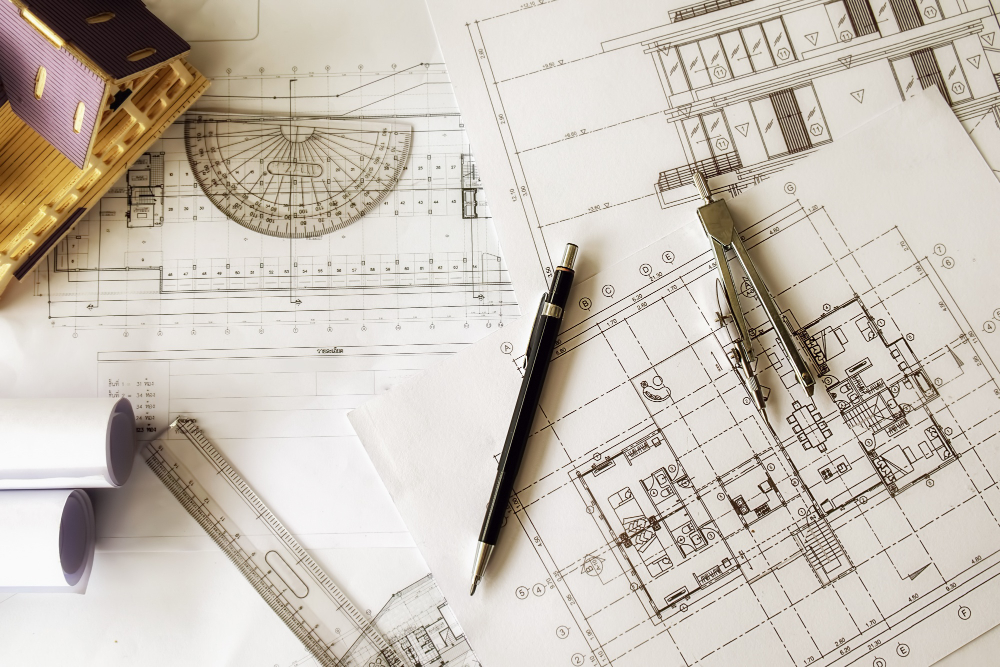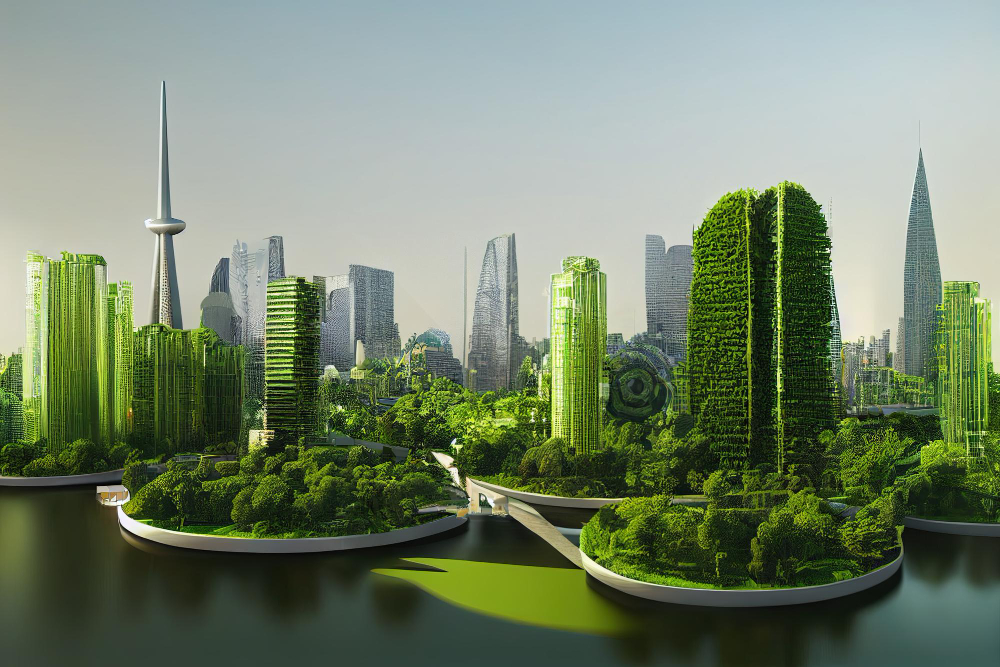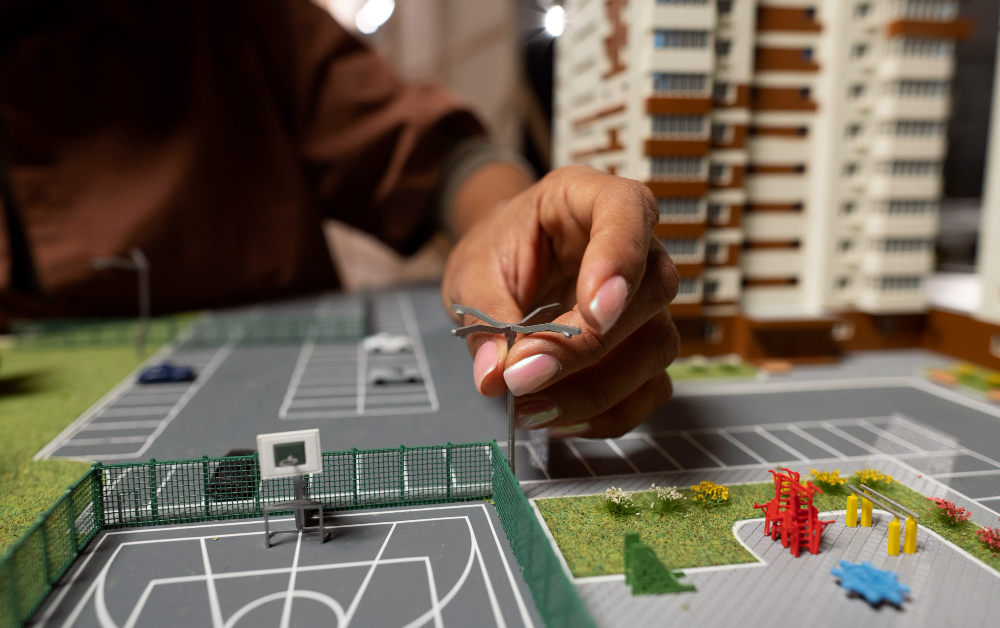Range of categories covers in built environment

Architecture
Architecture refers to the design, planning, and construction of buildings and other physical structures. It encompasses several elements such as function, form, aesthetics, space, and sustainability. Architecture is not just about creating functional spaces but also about creating an environment that enhances the quality of life of its occupants.
Architecture has a rich history dating back to ancient civilizations such as the Egyptians, Greeks, and Romans, who developed sophisticated building techniques and styles. Today, architecture has evolved to encompass several styles and movements, from classicism to modernism, post-modernism, and contemporary styles.
Architects must consider several factors when designing a building, such as the client’s needs, site conditions, cultural and environmental factors, and building regulations. The process of architecture involves conceptualizing, designing, planning, and constructing a building, which can take months or even years to complete.
In conclusion, architecture plays a vital role in shaping the built environment and improving the quality of life. It is a creative and technical profession that requires a balance of artistic vision, technical expertise, and practicality.

Building Materials and Technology
Building materials and technology play a crucial role in the construction industry. The quality and efficiency of the materials and technology used in building construction determine the durability, safety, and sustainability of the structures. Some commonly used building materials include wood, brick, concrete, and steel.
Advancements in building technology have led to the development of new materials like composites, laminates, and synthetic materials. Additionally, innovative technologies like Building Information Modelling (BIM), prefabrication, and green building practices have revolutionized the construction industry, resulting in faster construction, improved safety, and reduced waste.
As the world continues to urbanize, the demand for sustainable, cost-effective, and energy-efficient building materials and technologies has increased. Thus, the construction industry continues to invest in research and development of new materials and technologies to meet the demands of the future.

Interior Design
Interior design is the art of enhancing the interior of a building to achieve a healthier and more aesthetically pleasing environment for the people using the space. It involves designing and decorating spaces in a way that is functional, comfortable, and stylish. Interior designers work with clients to create spaces that reflect their personal style, while also meeting their practical needs. They consider the use of the space, the placement of furniture, the selection of colors and materials, and the use of lighting, among other factors. Good interior design can transform any space into a beautiful and functional environment that is both comfortable and inviting.

Engineering
Engineering is a branch of science and technology that involves the design, development, and application of various products, systems, and structures using mathematical, scientific, and technical principles. Engineers use their skills and expertise to solve problems and create solutions that improve our lives and make the world a better place. Engineering encompasses a wide range of disciplines such as mechanical, civil, electrical, chemical, and aerospace engineering, each with its own unique set of challenges and opportunities. With the rapid advancements in technology, engineering has become an essential field that plays a crucial role in shaping the future of society.

Sustainable Design and Green Buildings
Sustainable design and green building are important concepts that prioritize the use of environmentally friendly practices and materials in the construction of buildings. These approaches aim to reduce the impact of buildings on the natural environment by reducing energy consumption, water usage, and waste generation. Sustainable design and green building promote the use of renewable energy sources, energy-efficient lighting, and heating systems, low flow plumbing fixtures, and natural ventilation. The integration of sustainable design and green building practices can help to create healthier, more comfortable, and energy-efficient buildings, reducing both operational costs and the impact of buildings on the environment.

Urban Planning
Urban planning is the process of designing and managing the physical, social, and economic development of cities and urban areas. It involves various strategies to ensure that cities are organized and designed in a way that supports the well-being and quality of life of its residents.
Urban planning aims to promote sustainable development by balancing economic, social, and environmental concerns. It involves assessing the existing urban infrastructure, identifying areas for development or improvement, and designing solutions to address issues such as traffic congestion, pollution, and housing shortages. The role of urban planners includes analyzing data, consulting with community stakeholders, and working with government agencies to develop plans that meet the needs of the local population. The ultimate goal of urban planning is to create livable, equitable, and resilient communities that support the well-being of all residents.

Project Management
Project management is the process of planning, organizing, and overseeing the execution of a project to achieve specific goals within a defined timeline and budget. It involves a set of methodologies, techniques, tools, and skills that are used to manage all aspects of a project, including planning, budgeting, scheduling, communication, risk management, quality control, and team management. Project managers play a critical role in ensuring that projects are completed on time, within budget, and to the satisfaction of stakeholders. Effective project management is essential for the success of any project, from small-scale initiatives to large and complex endeavors

Historic Preservation
Historical preservation refers to the act of protecting and conserving buildings, structures, and cultural heritage sites of historical significance. The purpose of historical preservation is to safeguard the tangible and intangible cultural heritage of a community or nation for future generations. It involves identifying, documenting, and maintaining the historic character of a place through a range of preservation methods such as restoration, rehabilitation, and reconstruction. By preserving historical sites, we can gain a deeper understanding of our past and enrich our present and future cultural identity.

Facilities Management
Facilities management is the process of managing and maintaining the physical infrastructure of an organization to ensure efficient and effective operations. It involves various functions such as planning, designing, construction, maintenance, and disposal of facilities. Facilities management is critical to the success of any organization as it ensures the safety, comfort, and functionality of its facilities. A well-managed facility can increase productivity, reduce costs, and enhance the overall image of the organization. Facilities management also involves the management of services such as security, cleaning, catering, and landscaping. It requires a thorough understanding of the building systems, technology, and regulations. Facilities management plays a crucial role in creating a sustainable and environmentally-friendly workplace.


